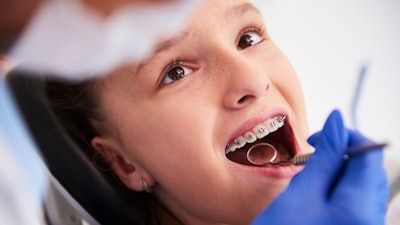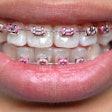
In the U.S., the generational makeup is changing, and orthodontists need to shift as well seize practice expansion opportunities, according to the 2024 American Association of Orthodontists' (AAO) Environmental and Technology Scan.
Also, focusing on how relevant generations make informed decisions about healthcare and how they feel about the economy are key to managing growth strategies, according to the report.
To better understand changes, U.S. Census Bureau data, past AAO reports, and other sources were used to develop the report.
Between 2010 and 2021, the number of births in the U.S. have fallen. During the past five years, births have dropped in 41 states and the District of Columbia. Births have either remained flat or only increased by 1% to 2% in the other states.
Therefore, this drop may affect the number of those between the ages of 9 and 17 who seek orthodontic treatment in 2025 and in the next several years. With these changes, orthodontists need to actively manage and secure younger patients while making an increased focus on adult patients, which is a stable population, the report states.
To recruit more patients, orthodontists need to know how to best communicate with Generation X, millennials, and Generation Z.
To connect with Generation X, a tech-savvy group that appreciates in-person and online engagement and values recommendations and reviews from trusted sources, orthodontists should have current patients write positive, detailed reviews on Google or Yelp, according to the report.
As for millennials, who want convenient and accessible engagement, the best way to reach them is to implement all-day, everyday self-service scheduling options. Communicating via smartphones are the norm, therefore, orthodontic practices' website and online services should be mobile-optimized.
Though Generation X and millennial parents are probably heavily involved in their children's treatment decisions, clinicians need to know how to engage with their Generation Z kids, which now are between the ages of 7 and 22. Since Gen Zers are digital natives who engage on multiple social media platforms and value quick snippets of information and authentic reviews, practices should keep content on these platforms fresh, short, and visually interesting, according to the report.
Patients' opinions about the economy also should be taken into consideration because their feelings affect how they think about spending on products and services.
Although the U.S. economy has shifted toward mostly positive territory, many consumers remain stressed and anxious about its state. Why they feel that way is unclear, but clinicians can take the following actions to address consumers concerns:
- Focusing on the value of treatment and emphasizing that treatments may cost more if they are done later instead of sooner
- Offering payment plans and transparent cost information
- Ensuring that patients know staff is available to answer questions about cost



















